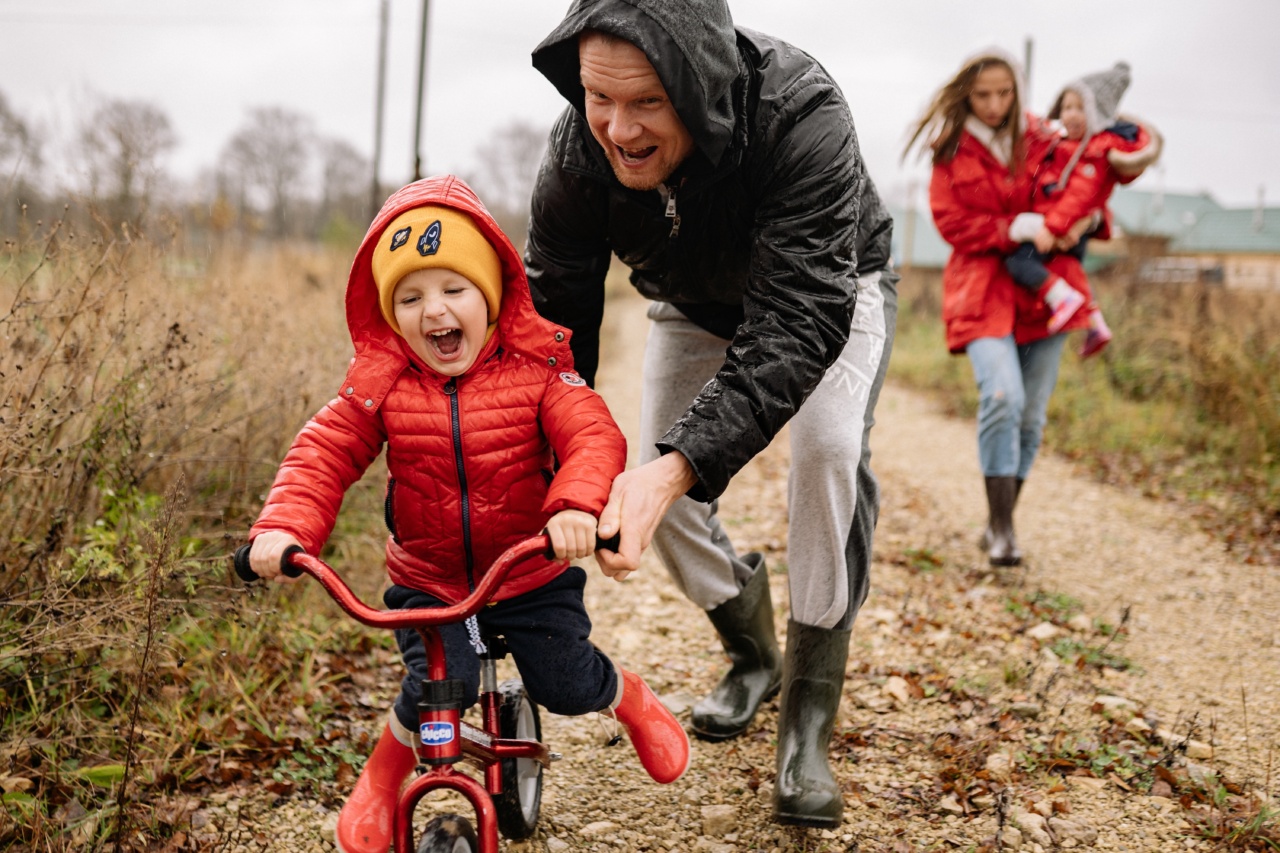It’s every parent’s worst nightmare to see their child suffer. Panic attacks can be a frightening experience for anyone, and when your child is the one experiencing them, it can be difficult to know what to do.
You want to help, but sometimes it feels like nothing you say or do will make a difference.
The good news is that there are things you can do to help your child through a panic attack. Here are some tips on how to support your child during these challenging moments.
Recognize the Signs of a Panic Attack
The first step in helping your child through a panic attack is to learn to recognize the signs. Panic attacks are intense episodes of fear or discomfort that can come on suddenly and unexpectedly. Symptoms can include:.
- Rapid heartbeat or palpitations
- Sweating
- Trembling or shaking
- Shortness of breath
- Feeling like you’re choking
- Chest pain or discomfort
- Nausea or stomach distress
- Feeling dizzy, lightheaded, or faint
- Feeling like you’re losing control or going crazy
- Fear of death or dying
Recognizing the signs of a panic attack can help you take action quickly and effectively when your child needs you most.
Stay Calm and Reassure Your Child
When your child is experiencing a panic attack, it’s important to remain calm yourself. Children are very attuned to their parents’ emotions, and if they sense that you are anxious or upset, it may make their panic worse.
Try to stay calm and reassuring, even if you are feeling scared.
Reassure your child that they are not in danger and that you are there to help them. Let them know that panic attacks are a normal response to stress and anxiety and that they will pass.
Encourage them to breathe slowly and deeply, and help them to focus on their breath.
Encourage Relaxation Techniques
There are a number of relaxation techniques that can be helpful for managing panic attacks. Encourage your child to try some of these techniques during their next panic attack:.
- Deep breathing exercises – have your child breathe in slowly for 4 counts, hold for 4 counts, and then breathe out slowly for 4 counts
- Progressive muscle relaxation – have your child tense and relax different muscle groups in their body, starting with their toes and working their way up
- Mindfulness meditation – have your child focus on the present moment and observe their thoughts and feelings without judgment
These techniques can be helpful in calming the body and mind and reducing the physical symptoms of a panic attack.
Avoid Avoidance Behaviors
When your child experiences a panic attack, their natural instinct may be to avoid the situation or trigger that caused it. However, avoidance behaviors can actually make the problem worse in the long run.
Encourage your child to face their fears and gradually work up to confronting the situations that make them anxious.
Work with your child to develop a plan for confronting their fears and managing panic attacks when they occur. You can also seek help from a therapist or other mental health professional to provide additional support and guidance.
Teach Coping Skills
In addition to relaxation techniques, there are a number of coping skills that can be helpful for managing panic attacks. These skills include:.
- Cognitive restructuring – helping your child to identify and challenge negative thoughts that may be contributing to their anxiety
- Positive self-talk – teaching your child to replace negative self-talk with positive affirmations
- Social support – encouraging your child to reach out to friends or family members for support and understanding
Teaching your child these coping skills can be a valuable tool for managing their anxiety and reducing the frequency and severity of panic attacks.
Seek Professional Help
If your child is experiencing frequent or severe panic attacks, it may be time to seek professional help.
A mental health professional can help your child to develop coping skills and strategies for managing their anxiety, and can also provide medication if necessary.
It’s important to remember that seeking help is a sign of strength, not weakness. If you are concerned about your child’s mental health, don’t hesitate to reach out for support.
Conclusion
Panic attacks can be a challenging experience for both parents and children. However, with the right support and guidance, it is possible to manage anxiety and reduce the frequency and severity of panic attacks.
By recognizing the signs of panic attacks, staying calm and reassuring your child, encouraging relaxation techniques, avoiding avoidance behaviors, teaching coping skills, and seeking professional help when necessary, you can help your child to overcome their anxiety and live a happy, healthy life.





























